Archives
- 2025-12
- 2025-11
- 2025-10
- 2025-09
- 2025-03
- 2025-02
- 2025-01
- 2024-12
- 2024-11
- 2024-10
- 2024-09
- 2024-08
- 2024-07
- 2024-06
- 2024-05
- 2024-04
- 2024-03
- 2024-02
- 2024-01
- 2023-12
- 2023-11
- 2023-10
- 2023-09
- 2023-08
- 2023-06
- 2023-05
- 2023-04
- 2023-03
- 2023-02
- 2023-01
- 2022-12
- 2022-11
- 2022-10
- 2022-09
- 2022-08
- 2022-07
- 2022-06
- 2022-05
- 2022-04
- 2022-03
- 2022-02
- 2022-01
- 2021-12
- 2021-11
- 2021-10
- 2021-09
- 2021-08
- 2021-07
- 2021-06
- 2021-05
- 2021-04
- 2021-03
- 2021-02
- 2021-01
- 2020-12
- 2020-11
- 2020-10
- 2020-09
- 2020-08
- 2020-07
- 2020-06
- 2020-05
- 2020-04
- 2020-03
- 2020-02
- 2020-01
- 2019-12
- 2019-11
- 2019-10
- 2019-09
- 2019-08
- 2018-07
-
br Experimental methods br Results and discussion br Conclus
2021-07-21
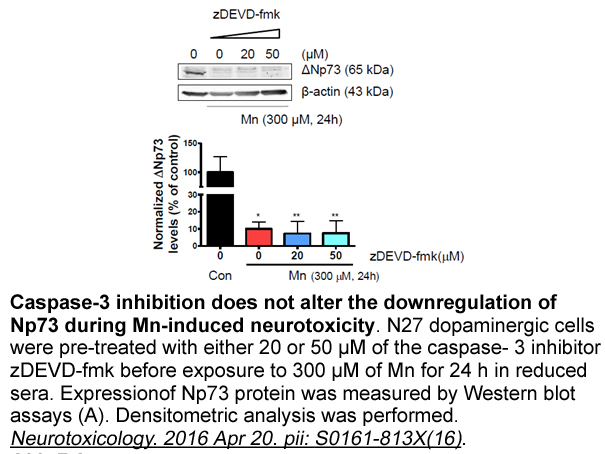
Experimental methods Results and discussion Conclusion Rational design of highly selective fluorescent probes to detect G-quadruplexes is of profound importance for basic research. On this basis, we designed and synthesized a series of N-alkylated styrylquinolinium dyes Ls-1, Ls-2 and Ls-3.
-
The effect of NAT deletion on mitochondrial
2021-07-21

The effect of NAT1 deletion on mitochondrial function in MDA-MB-231 ABH has been reported elsewhere (Carlisle et al., 2018). However, unlike the data presented here, increases in reserve capacity and glycolytic reserve were seen. The reasons for this variance between our study and that of Carlisle
-
The only in vivo evidence for
2021-07-21
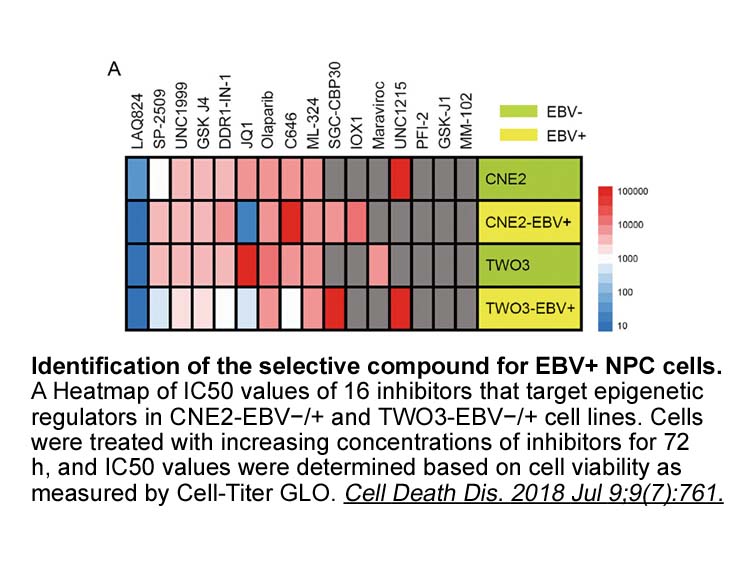
The only in vivo evidence for a role of DDR2 in fibrotic disease showed that DDR2 knockout mice exhibited exaggerated severity of chronic hepatic fibrosis. Although a previous in vitro study has demonstrated that DDR2 promotes lung fibroblast proliferation and migration, till now it remains unclear
-
To determine direct DDR binding partners and
2021-07-21
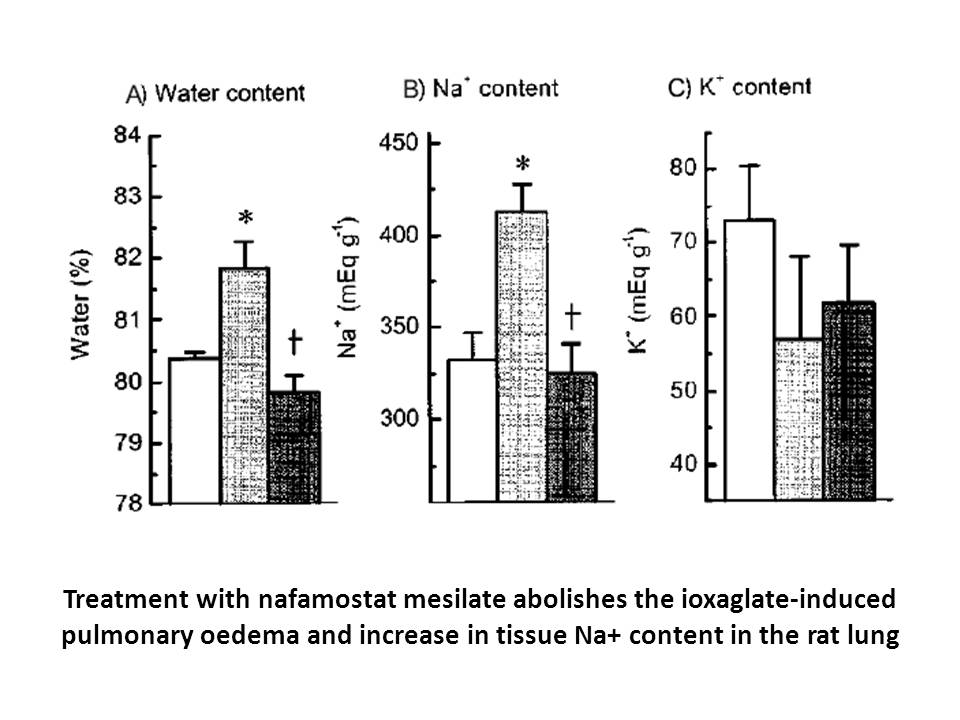
To determine direct DDR1-binding partners and to further connect to Akt and mTOR signaling, we performed mass spectrometry on DDR1 immunoprecipitates and found various candidates of the Akt and mTOR pathway such as LARP1 (La-related protein 1) and RPS6 (40S ribosomal protein S6/ S6). Most intriguing
-
In order to assess quantitatively the contribution of
2021-07-21
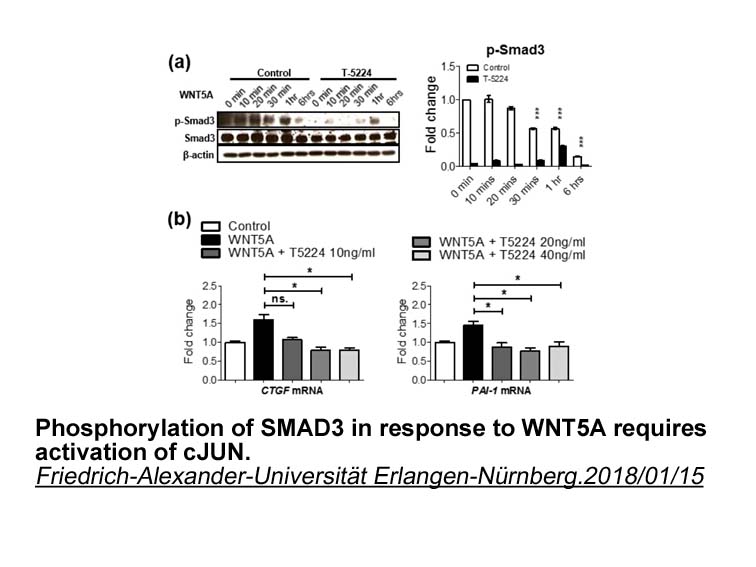
In order to assess quantitatively the contribution of the ung, dug and dut Mizoribine to uracil-DNA accumulation in E. coli, we have developed a novel method for measuring uracil residues in DNA that is based on the approach of Kow and co-workers [33] for measuring AP-sites in DNA. The method, which
-
Consistent with prior reports this study also found the
2021-07-21
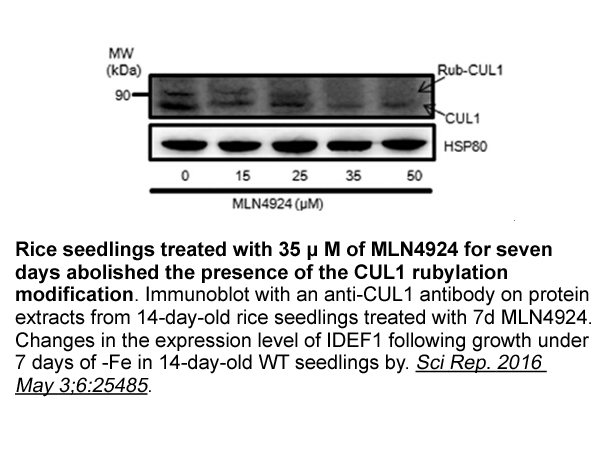
Consistent with prior reports, this study also found the level of 11 cytokines (MIF, IL-1Ra, CTACK, M-CSF, Basic FGF, VCAM-1, SDF-1α, IL-8, IL-16, PDGF-β, and GRO-α) significantly decreased in the sera of adult HFMD patients in comparison with controls. MIF is a pro-inflammaory cytokine that is asso
-
br Materials and methods br Results br
2021-07-21
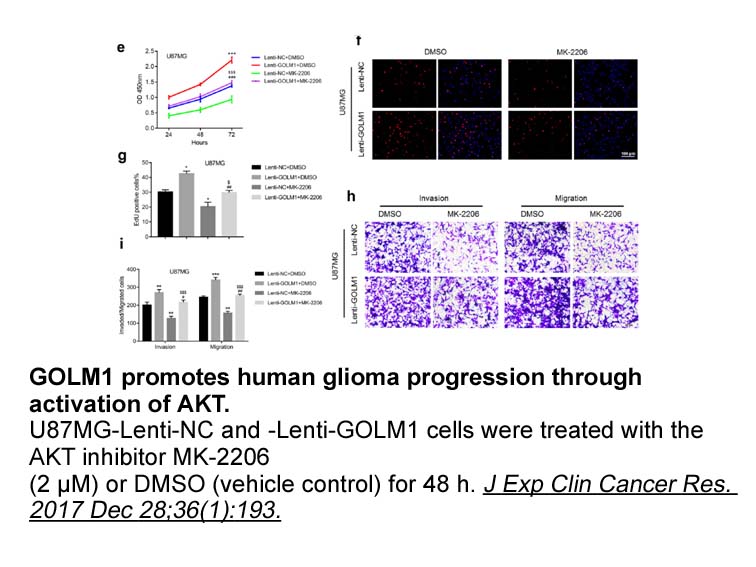
Materials and methods Results Discussion In the past decade, GWAS have attempted to identify genetic variants that confer risk for many human diseases, whose inherited components remain unexplained (Manolio et al., 2009). In a few cases risk variants identified by GWAS have paved the way fo
-
The results showed that ethanol and acetaldehyde production
2021-07-21
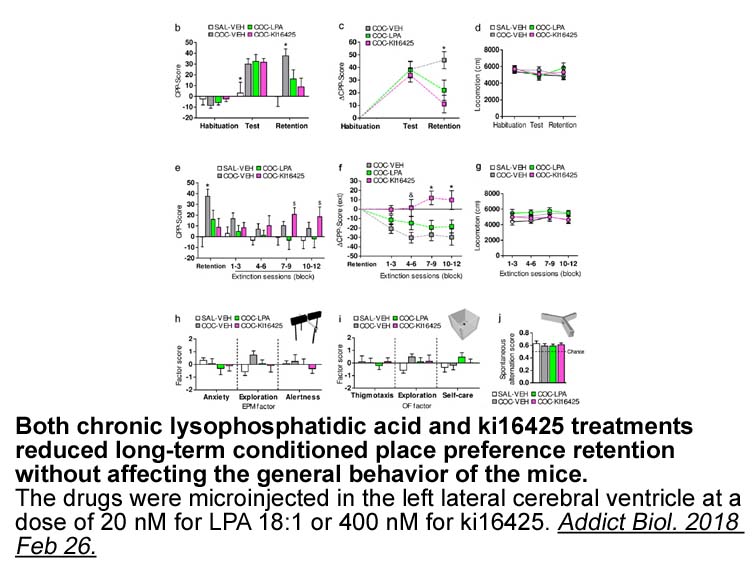
The results showed that ethanol and acetaldehyde production was not affected by the presence of CPA-7. We observed that the concentration of ethanol increased throughout the assay up to 95–179 μL L-1 regardless of the treatment. The acetaldehyde concentration reached its highest values after 6–9 day
-
On close inspection the pattern shows large areas
2021-07-21
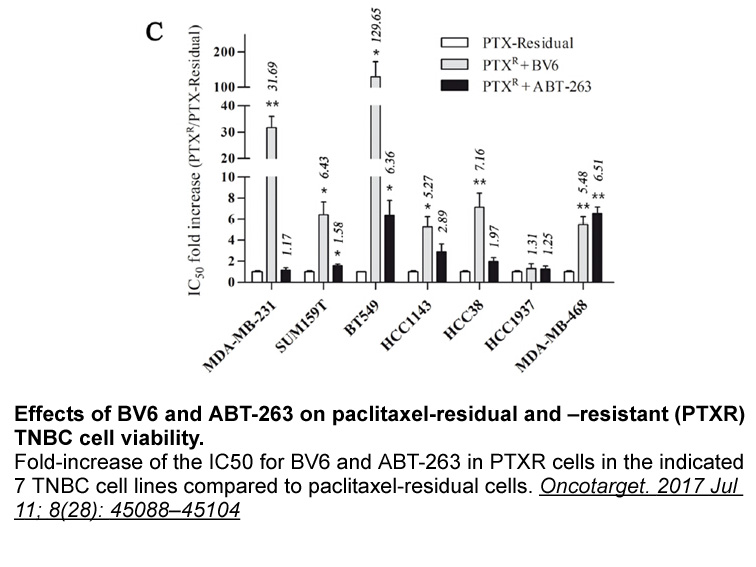
On close inspection, the pattern shows large areas of very low point intensity where hardly any trees can be found. Anecdotal knowledge reveals that these regions are covered by a swamp, where the tree species is known to be very unlikely to grow, independent of local soil covariates and topography.
-
Kim et al reported for bioactive compounds originating from
2021-07-21
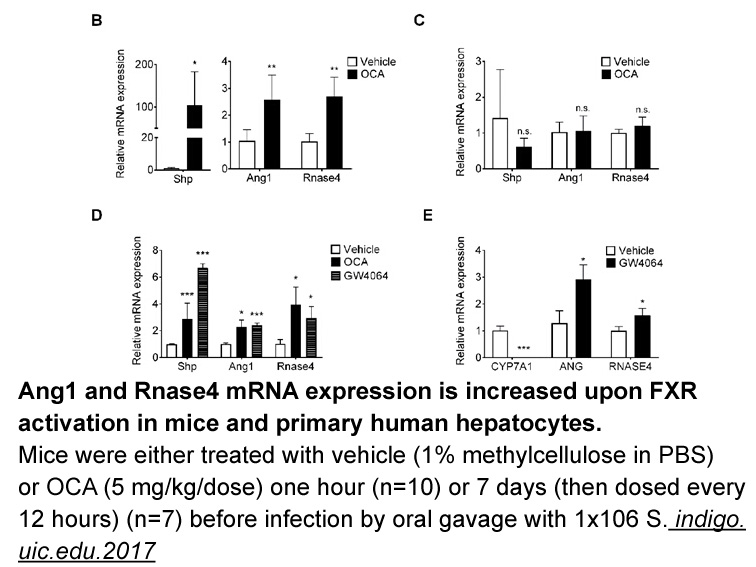
Kim et al. reported for bioactive compounds originating from the endemic species in Korea, the hexane and EtOAc fractions of the MeOH extracts from the roots of Dystaenia takeshimana (Nakai) Kitagawa (Umbelliferae) showed cyclooxygenase-2 (COX-2) and 5-lipoxygenase (5-LOX) dual inhibitory activity
-
Errors are detected by comparing the output
2021-07-21
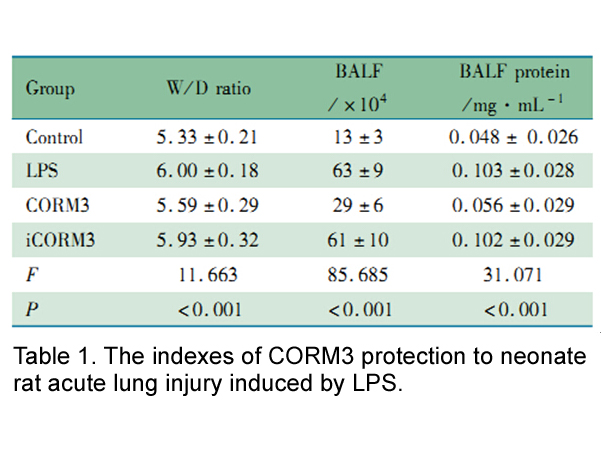
Errors are detected by comparing the output data against an error free reference. After error detection, the process is restarted so that only one error is accounted. The susceptibility is inferred by the ratio between injected events and detected errors: = 100×errors÷events%. Error rates are obtai
-
Primary renal PNET was first reported by Seemayer
2021-07-21
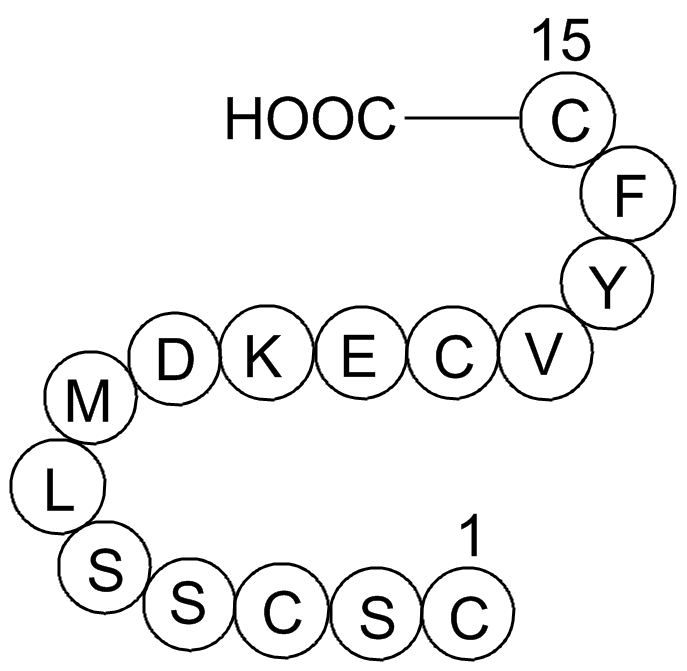
Primary renal PNET was first reported by Seemayer et al in 1975. The possible etiology of rPNET is based on the theory of neural cell intussusception in the kidney during development that initiates the tumorigenesis. rPNET most commonly affects young adults, with a mean age of 30.4 years and male pr
-
Cantharidin is a natural element extracted from blister beet
2021-07-21
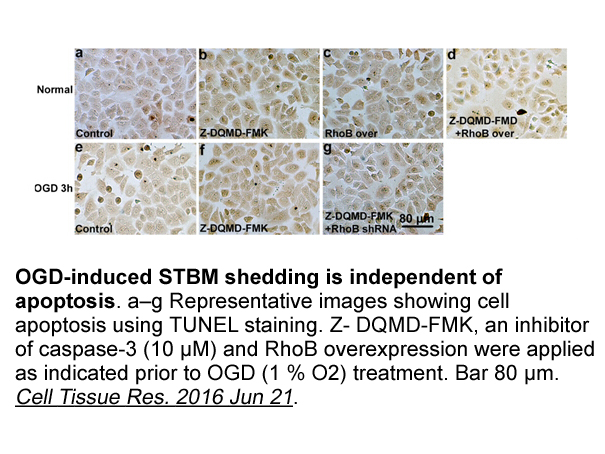
Cantharidin is a natural element extracted from blister beetles, and has been proven to be effective in cancer [16]. NCTD, the demethylated analog of cantharidin, has been synthesized and been shown to have an equal anti-cancer effect with fewer side effects than cantharidin [39]. It was confirmed t
-
p and p which are downstream of pAkt and pERK
2021-07-21
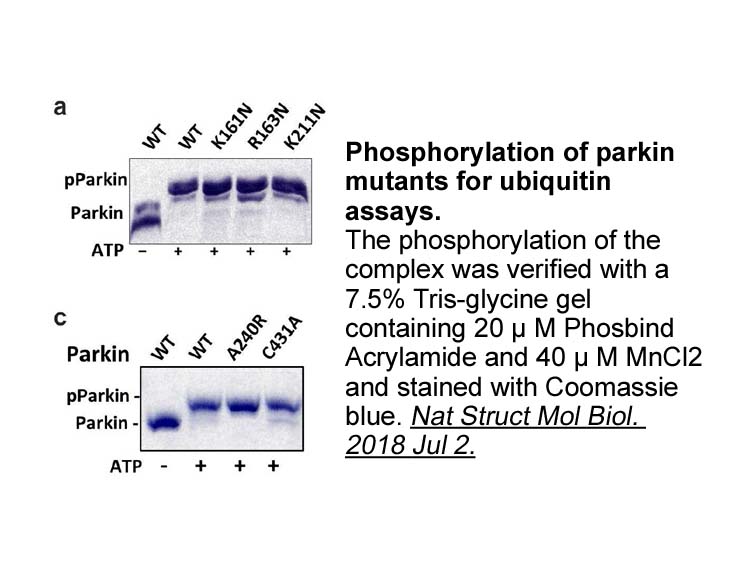
p21 and p16, which are downstream of pAkt and pERK1/2, are tumor suppressors which induce cell senescence and TCS 2002 arrest [[56], [57], [58]]. Inhibitors of pAkt or pERK1/2 can activate p21 and p16 and promote cell senescence and cell cycle arrest [11,12,[59], [60], [61]]. It is well known that
-
Another enzyme class that has emerged as
2021-07-21

Another enzyme class that has emerged as a potential alternative to P450s are the so-called ‘unspecific peroxygenases’ (UPOs). They also contain a heme but are extracellularly expressed fungal enzymes that are often more stable than P450 monooxygenases. Importantly, UPOs use H2O2 instead of O2 as th
14429 records 602/962 page Previous Next First page 上5页 601602603604605 下5页 Last page